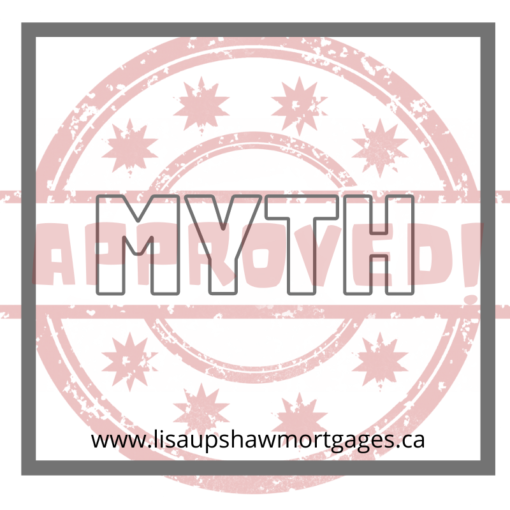We have some very competitive and exceptional interest rates right now. For a new applicant, it’s a great time to shop around. If you already have a mortgage, we need to balance out the penalties to switch your mortgage in order to determine if it’s worthwhile in the long run.
Let’s look at penalties based on the type of mortgage and how they work.
Fixed Rate Mortgage
The penalty is the greater of Interest Rate Differential (IRD) OR 3 months interest. Interest Rate Differential is the difference between your interest rate and the best they can lend someone else now – so they want the difference. This is determined by how much time is left in your term and the going rate. If the going rate is higher than your rate, you’re in luck. They will say goodbye with less of a penalty because they can replace you with another mortgage at a higher rate. However, if you have 4 years left in the term and the going rate is lower, they will likely charge you a higher penalty.
Low Rate Option Mortgages
These penalties are set between 2.75% to 3% of the balance – no matter how long you have left.
Variable Rate Mortgage
Usually a more flexible penalty at only 3 months interest – no matter how long you have left.
Please note, most banks will charge their penalties on the posted rate which is generally double the actual (contract) rate you have with a mortgage company. Most mortgage companies will charge penalties based on your contract rate.
Although the answer is still not 100% cIear, it does give you an idea of how penalties work with different types of mortgages. So as much as the rate is important, a longer term vision also needs to be taken into consideration when selecting the best mortgage plan for you.
It’s my goal to educate along with getting you the best mortgage for your needs. Please share this information and feel free to call and share my contact information with those who could benefit from it.




